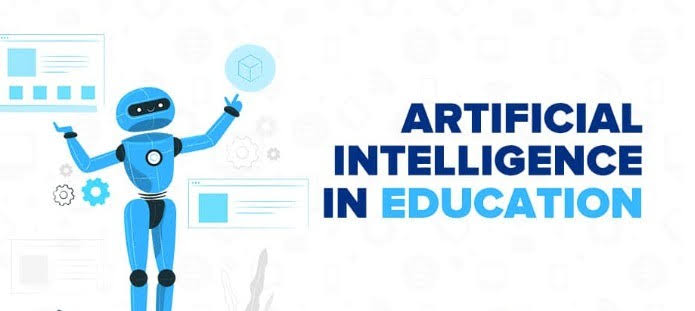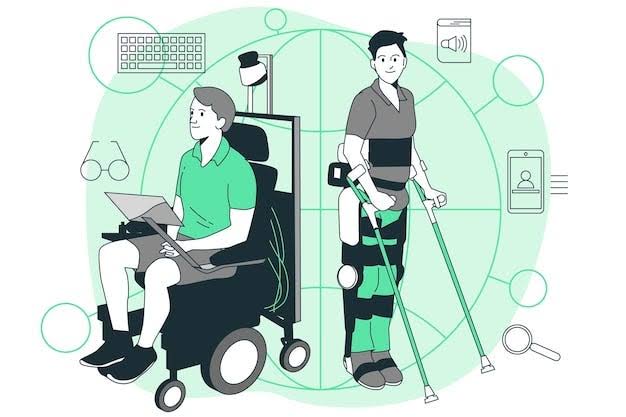Artificial intelligence is rapidly transforming the education sector, creating smarter, more personalized, and efficient learning environments. As technology advances, AI is set to play an even bigger role in shaping how students learn, how teachers teach, and how institutions operate. From adaptive learning platforms to AI-driven administrative tools, the future of education will be increasingly intertwined with intelligent systems that enhance both teaching and learning outcomes.
Personalized Learning Experiences
One of the most promising aspects of AI in education is its ability to deliver highly personalized learning. By analyzing a student’s performance, learning pace, and preferences, AI-powered systems can tailor lessons, recommend resources, and adapt content to individual needs.
Key benefits of personalized AI learning include:
- Adjusting difficulty levels based on a learner’s progress
- Offering targeted exercises for areas where a student struggles
- Recommending multimedia resources for different learning styles
- Providing real-time feedback to accelerate improvement
This level of customization ensures that no student is left behind while allowing advanced learners to progress faster.
Intelligent Tutoring Systems
AI-driven tutoring systems are set to become more sophisticated, acting as on-demand learning assistants available 24/7. These systems can explain concepts, answer questions, and offer practice problems in real time, reducing the dependency on physical tutoring sessions.
Future advancements may include:
- Natural language processing for conversational learning
- Virtual reality integration for immersive subject exploration
- Emotional recognition to adapt teaching approaches based on student mood
Such tools will complement classroom teaching by providing continuous academic support beyond school hours.
Enhanced Teacher Support and Efficiency
AI is not designed to replace teachers but to enhance their capabilities. By automating repetitive tasks such as grading assignments, managing attendance, and organizing lesson plans, AI frees up valuable teacher time for more meaningful student interaction.
Examples of teacher-support AI tools include:
- Automated essay grading systems with detailed feedback
- Predictive analytics to identify students at risk of falling behind
- AI-generated lesson recommendations aligned with curriculum standards
This shift allows educators to focus on creative teaching strategies rather than administrative burdens.
Data-Driven Decision Making
AI can process vast amounts of educational data to uncover patterns and insights that inform better decision-making for schools and universities.
Possible applications include:
- Predicting student enrollment trends
- Measuring the effectiveness of teaching methods
- Optimizing resource allocation for classrooms and programs
- Analyzing attendance and engagement data for performance improvement
By leveraging these insights, institutions can make strategic choices that improve overall educational quality.
Virtual Classrooms and Remote Learning
The pandemic accelerated the adoption of virtual learning, and AI will make online education even more interactive and effective. Intelligent systems can track student engagement, suggest participation prompts, and adjust teaching methods for online settings.
Future possibilities include:
- AI-driven discussion facilitators for group work
- Real-time translation for multilingual classrooms
- Automated content summarization for quick revision
This will create inclusive learning spaces where geographical boundaries are no longer a barrier to quality education.
Accessibility and Inclusive Education
AI can play a significant role in making education more accessible to students with disabilities or learning challenges. For example:
- Speech-to-text and text-to-speech tools for visually or hearing-impaired students
- Real-time captioning for lectures
- Adaptive interfaces for students with motor impairments
- Learning analytics to design better support strategies
These advancements will help create inclusive classrooms that cater to every learner’s needs.
Gamification and Engagement
AI will enhance gamified learning by personalizing challenges, tracking performance, and rewarding progress based on individual achievements. This can boost student motivation and make learning more interactive.
Future developments could include:
- AI-designed games tailored to curriculum goals
- Real-time adaptive difficulty for educational games
- Immersive learning experiences through AI and augmented reality
Ethical Considerations and Data Privacy
As AI becomes more integrated into education, ethical issues around student data privacy, algorithm bias, and over-reliance on technology will need careful management. Institutions will have to adopt strict policies to ensure transparency and fairness.
Key areas to address include:
- Protecting sensitive student information
- Ensuring unbiased algorithms that treat all learners equally
- Balancing technology with human interaction for emotional and social development
Preparing Students for an AI-Driven Future
Beyond transforming teaching methods, AI will also shape what students learn. Preparing future professionals for an AI-driven economy means incorporating AI literacy into school curricula. Students will need to understand how AI works, its applications, and its implications for society.
This preparation may involve:
- Coding and machine learning basics in early education
- Critical thinking exercises on AI ethics
- Hands-on projects using AI-powered tools
Conclusion
The future of AI in the education sector promises personalized learning, improved teacher support, and smarter decision-making. While challenges around ethics and data security remain, the benefits of AI-powered education are vast. With careful integration, AI can make learning more engaging, accessible, and effective, ensuring students are better prepared for the demands of the modern world.




It’s still got it’s cons